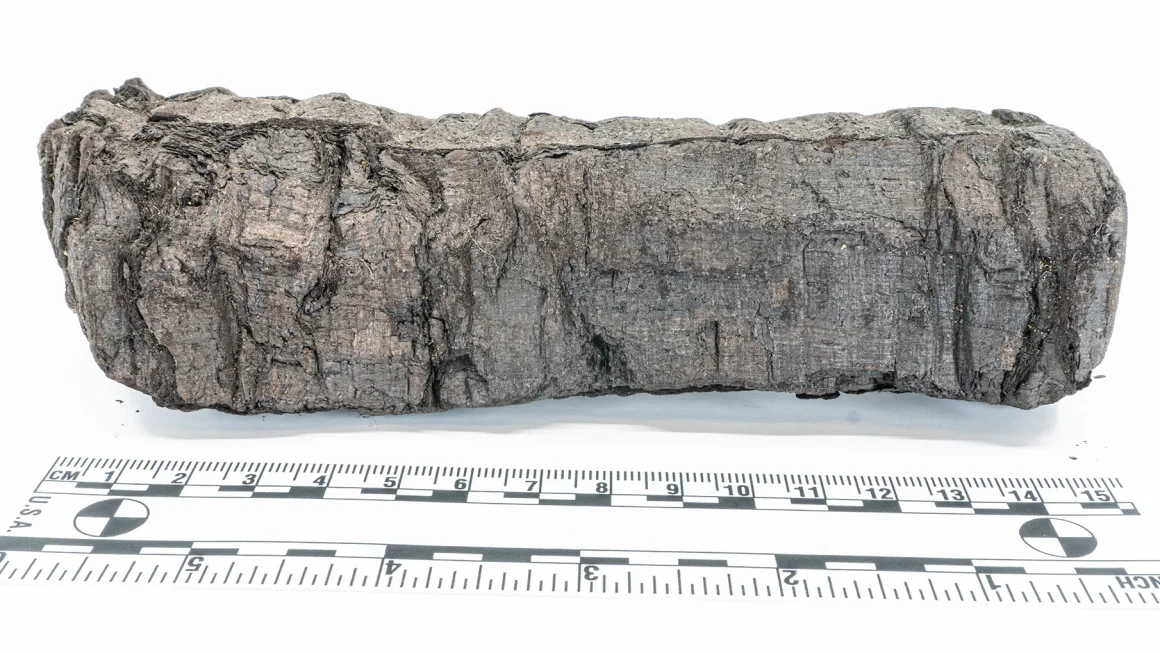In 2024, artificial intelligence (AI) reached a milestone, solidifying its role as a transformative tool in scientific research. The Nobel committee acknowledged AI’s impact by awarding the physics prize to John Hopfield and Geoffrey Hinton for their pioneering work in machine learning, which laid the foundation for modern AI applications. AI’s contributions this year have been far-reaching, from unlocking ancient texts to advancing our understanding of life at its most molecular level.
One of the most notable AI-assisted breakthroughs was in the decoding of the Herculaneum scrolls, ancient papyri that survived the eruption of Mount Vesuvius in AD 79. With the help of AI and high-resolution X-rays, researchers have now been able to decipher more than 2,000 characters from these nearly unreadable scrolls. The Vesuvius Challenge, a competition to expedite the deciphering process, has set a goal to unlock 90% of the scrolls by the end of 2024. AI’s ability to virtually flatten the charred scrolls and distinguish ink from carbonized papyri has made this remarkable feat possible, offering unprecedented insights into ancient Rome and Greece.
Another area where AI is making waves is in the study of animal communication. Machine learning has enabled scientists to begin understanding the complex “language” of sperm whales. By analyzing 9,000 click sequences, researchers have identified patterns that resemble human phonetics, such as rhythm, tempo, and ornamentation. While the meaning of these clicks remains elusive, AI’s ability to detect these intricate patterns is opening the door to potential communication with marine mammals. The same techniques are being applied to other species, offering a new way to understand animal languages.
In the field of archaeology, AI is helping to uncover ancient sites in remote and challenging environments. In the Nazca Desert, AI models trained on high-resolution imagery have nearly doubled the number of known geoglyphs in just a few months. While the models are not yet perfect, they hold immense potential for surveying hard-to-reach areas, making AI an indispensable tool for archaeologists. Similarly, AI is aiding in the identification of burial mounds in Mongolia, demonstrating its utility in archaeological research across diverse terrains.
AI is also revolutionizing the understanding of life at the molecular level. The development of AlphaFold by Google DeepMind has accelerated progress in protein structure prediction, solving a long-standing challenge in physical chemistry. This AI tool, now used by millions of researchers, predicts the 3D shapes of proteins from their amino acid sequences, speeding up advancements in biology and medicine. While there are limitations—such as the inability to predict the impact of certain mutations—AlphaFold remains a game-changer in biomedical research.
These examples reflect the growing influence of AI in scientific discovery. From unraveling ancient mysteries to decoding the language of animals and advancing medical research, AI is proving to be a superpower in science. As the field continues to evolve, its potential to solve complex problems and uncover the unknown remains boundless.


















